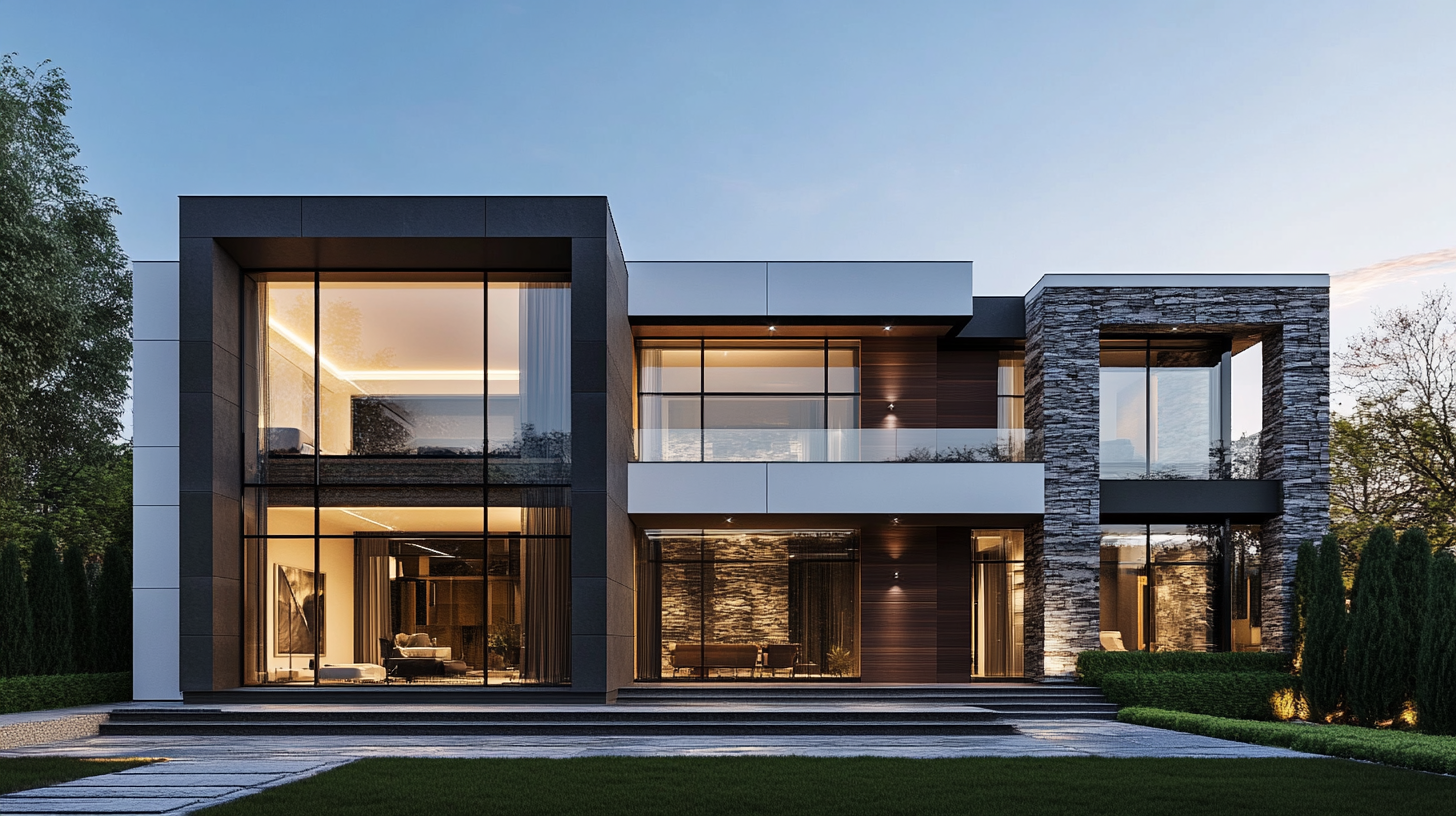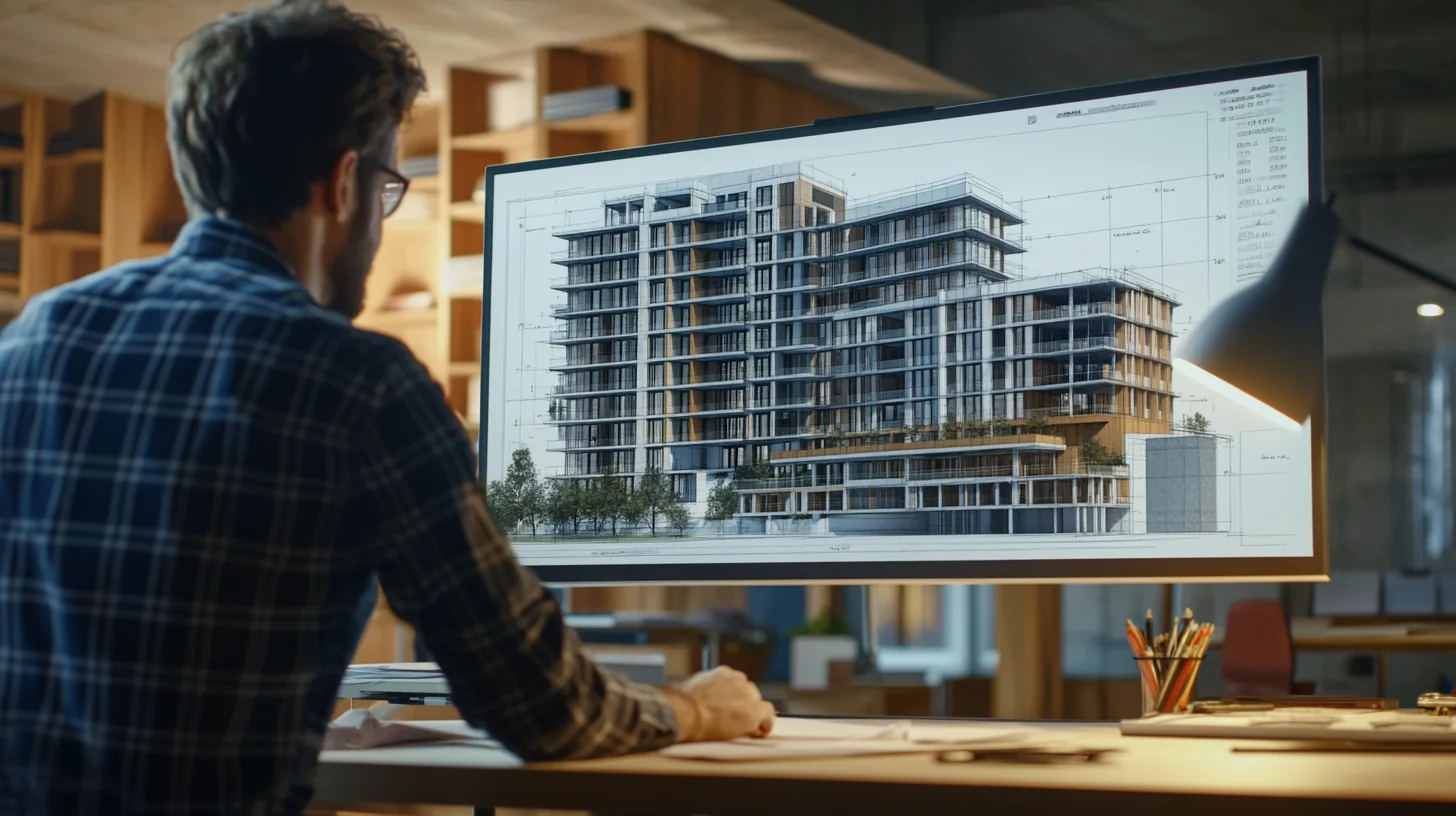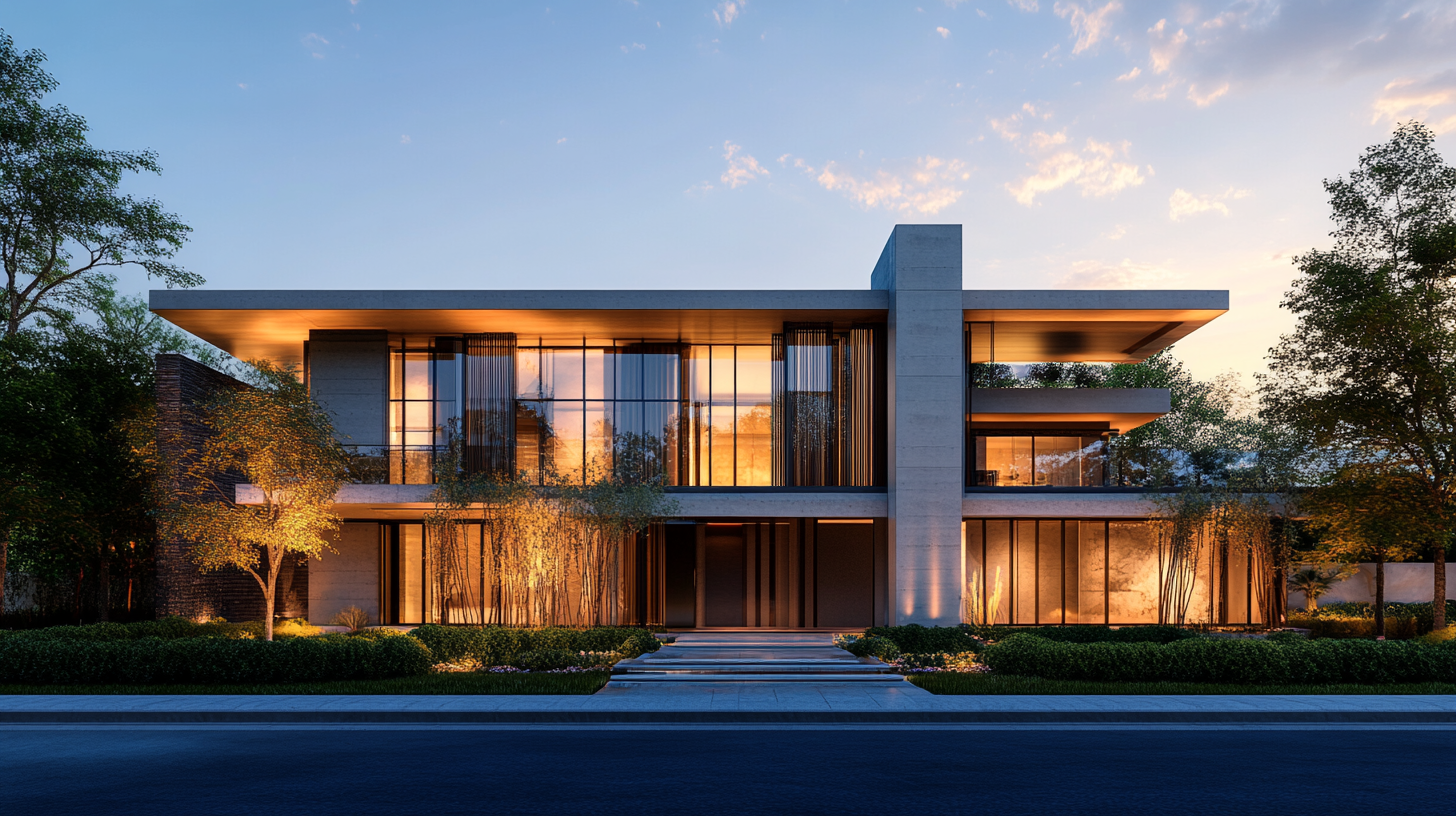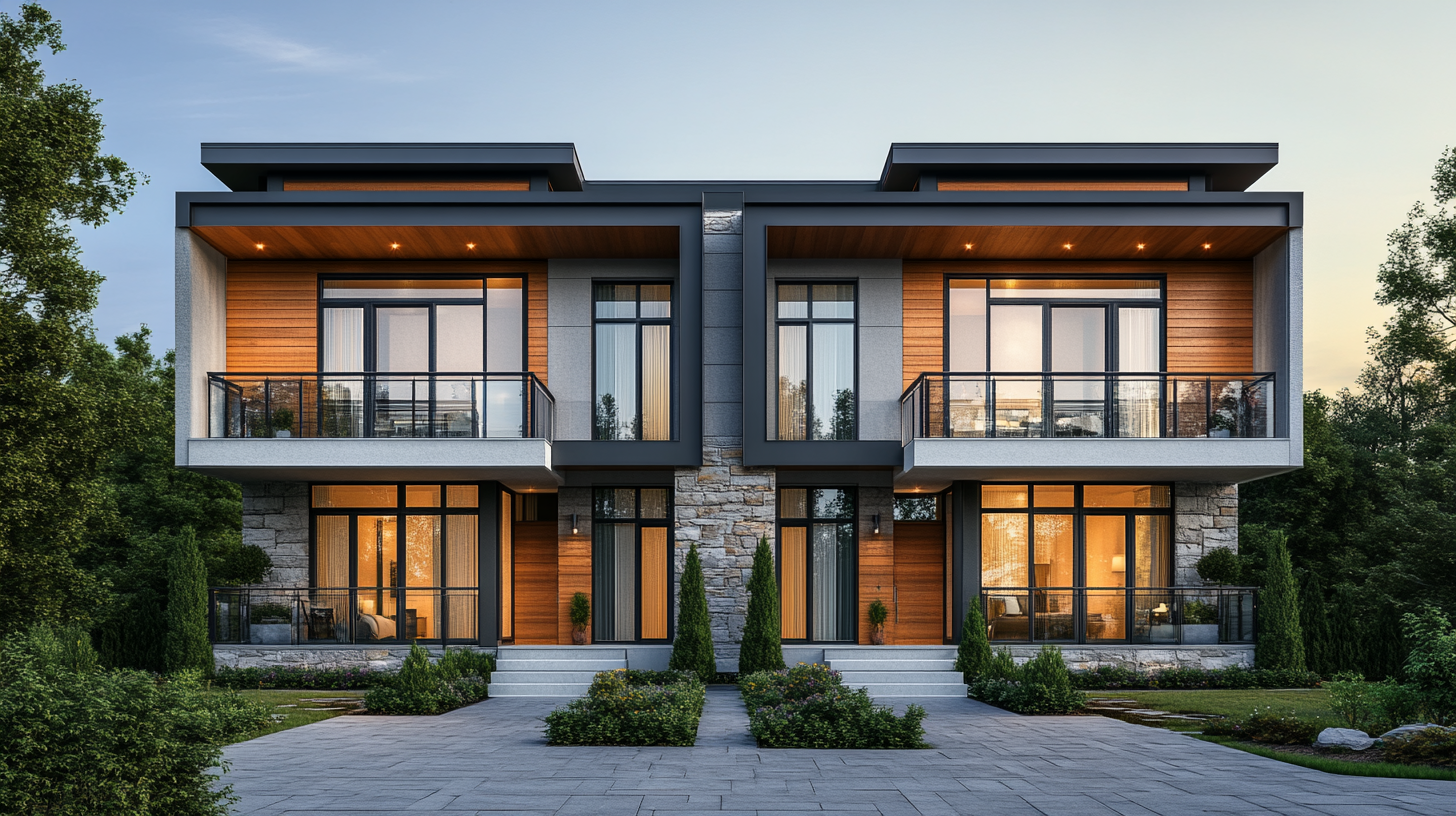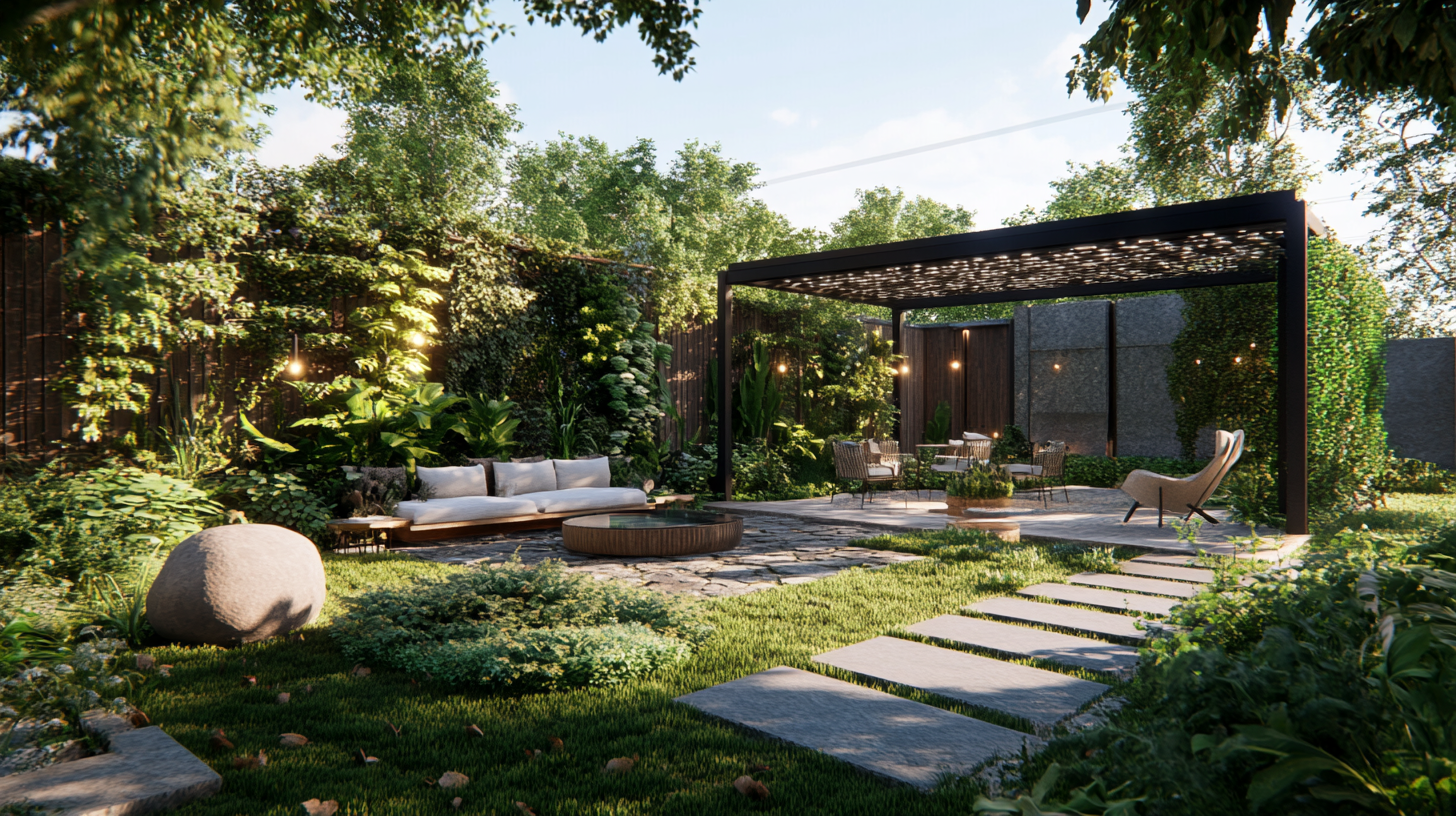
Garden Trends 2025: The Future of Outdoor Architecture Design
The garden has always been a sanctuary, a space where architecture meets nature to create a harmonious retreat. But as we move into 2025, the world of outdoor architecture and landscaping is undergoing a profound transformation. Designers and homeowners alike are shifting their focus to cutting-edge innovations, sustainable practices, and multifunctional designs that reflect both environmental consciousness and modern lifestyles.
This blog explores the latest garden trends shaping the future of outdoor architecture. Whether you’re a homeowner redesigning your backyard, a landscape architect seeking inspiration, or a garden designer planning your next project, you’re in the right place. Read on to discover the trends redefining outdoor living in 2025.
The Fusion of Architecture and Landscaping
Outdoor spaces are no longer treated as separate from the home. Instead, they are becoming an extension of interior design, seamlessly blending form and function. The focus is on creating landscapes that are not only beautiful but also sustainable and practical. With garden design evolving to meet modern needs, outdoor spaces now reflect a commitment to green living and innovative design solutions.
1. Smart & Tech-Integrated Gardens
Technology is playing a significant role in shaping the gardens of tomorrow. From artificial intelligence to automation, here’s how tech is transforming outdoor spaces in 2025.
- AI-Powered Garden Maintenance
Smart irrigation systems that adapt to local weather patterns are replacing traditional watering techniques. Robotic lawn care and sensor-based plant care systems ensure minimal human effort while maximizing efficiency.
- Automated Lighting & Climate Control
Set the mood with smart lighting systems that adjust to different times of day or trigger automatically during events. Climate control systems now allow homeowners to create year-round garden spaces.
- Virtual Landscaping Design Tools
Virtual and augmented reality tools are giving homeowners and designers a chance to “try before they buy.” These platforms allow users to visualize their gardens digitally, experimenting with layouts, plant choices, and more.
2. Sustainable & Eco-Friendly Landscaping
Sustainability is no longer optional; it’s essential. Modern outdoor designs are evolving to support the environment while reducing resource consumption.
- Native & Drought-Resistant Plants
By using plants native to the local environment and drought-resistant selections, designers are reducing water usage and maintaining biodiversity.
- Rainwater Harvesting & Greywater Recycling Systems
Gardens now incorporate systems to collect and recycle water sustainably. For instance, greywater from households can be repurposed for irrigation.
- Eco-Friendly Materials
Carbon-neutral hardscaping materials like recycled stone, bamboo, and eco-concrete are being used to create walkways, patios, and decorative elements.
3. Multi-Functional Outdoor Spaces
Today’s gardens need to do more than look good. They’re transforming into versatile spaces, adapting to modern lifestyles.
- Outdoor Living Rooms & Workspaces
Outdoor furniture combined with weatherproof décor is creating alfresco living rooms and even remote workstations. Imagine working in the midst of serene greenery or enjoying family dinners surrounded by nature.
- Modular Garden Furniture
Furniture now adapts to multiple uses. Modular designs can transform seating arrangements for entertainment, work, or relaxation seamlessly.
- Indoor-Outdoor Living
Large sliding doors and bi-fold systems blur the line between indoor and outdoor spaces, creating seamless transitions for dining and lounging.
4. Vertical & Space-Saving Garden Solutions
Urban living often comes with limited space, but innovative design solutions are bringing greenery to even the smallest of areas.
- Green Walls & Vertical Gardens
Living walls filled with lush plants are the ideal solution for urban homes. They improve air quality and make bold design statements.
- Rooftop Gardens
For city dwellers, transforming rooftops into green havens is becoming increasingly popular. Rooftop gardens often feature a mix of greenery, seating, and solar technologies for energy efficiency.
- Creative Small-Space Solutions
Compact furniture, tiered planters, and space-efficient designs are making the most out of patios, balconies, and other small outdoor areas.
5. Biophilic & Naturalistic Garden Designs
The biophilic design movement is bringing gardens back to their roots, with naturalistic styles that foster a stronger connection to nature.
- Organic and Wild Garden Styles
Untamed, wild landscapes featuring native grasses, wildflowers, and natural water features bring the beauty of nature closer to home.
- Wildlife-Friendly Habitats
Designers are creating spaces that attract pollinators, birds, and other wildlife with native flora and sustainable features.
- Psychological Benefits
Studies continue to show the mental and emotional benefits of spending time in nature. Biophilic gardens are designed with mindfulness and relaxation in mind.
6. Edible Landscaping & Homegrown Produce
Why not turn your garden into a source of both beauty and nourishment? Edible landscaping is a growing trend in 2025.
- Vertical Vegetable Gardens & Hydroponics
Innovative solutions like vertical planters and hydroponic systems integrate food production into residential gardens, even in tight spaces.
- Herbs, Fruits & Edible Flowers
Aesthetic appeal meets practicality as herbs, fruit trees, and edible flowers become part of landscaping designs.
7. Outdoor Wellness & Mindfulness Spaces
Gardens are becoming a central part of the wellness movement, offering spaces designed to nurture the mind, body, and soul.
- Meditation Gardens
Zen-inspired landscapes with symmetrical designs, quiet zones, and calming features like raked gravel pathways and bonsai trees.
- Water Features & Aromatherapy Plants
The sound of running water and the aroma of lavender, eucalyptus, or jasmine create calming, multisensory experiences.
- Yoga Decks & Fire Pits
Outdoor wellness areas now include yoga-ready platforms, cozy fire pits for gatherings, and designated spaces for quiet reflection.
8. Artistic & Customizable Garden Elements
The gardens of 2025 are all about personal expression through creative design elements.
- Unique Outdoor Sculptures
Statement pieces like modern sculptures or reclaimed wood art installations add character and personality to outdoor spaces.
- Custom Hardscaping
Hardscaping now includes custom pathways, mosaic tiles, and water features, allowing homeowners to inject their personal style into their designs.
- Blending Modern & Rustic Styles
Gardens are reflecting hybrid aesthetics, combining sleek architectural elements with rustic, bohemian, or minimalist designs.
Designing the Future of Outdoor Spaces
The garden is no longer just a backyard space; it’s an integral part of how we live, work, and connect with nature. These trends reflect a growing awareness of sustainability, functionality, and our need for a deeper connection to the natural world.
If you’re a homeowner or designer, now is the time to integrate these innovative trends into your projects. By aligning with these forward-thinking ideas, you can create outdoor spaces that offer tranquility, versatility, and purpose.
Need help transforming your outdoor vision into reality? Partner with the best architecture company in Chennai for a timeless design that seamlessly blends interior design with outdoor architecture.
